
OR
Celebration of Int'l Lead Poisoning Prevention Week 2019 begins in Nepal
Published On: October 22, 2019 11:35 AM NPT By: Republica | @RepublicaNepal
KATHMANDU, Oct 22: Environmental health, child health advocates, governments, and paint industries are uniting this week from October 20 to 26 for the International Lead Poisoning Prevention Week of Action.
Issuing a press statement on Sunday, Center for Public Health and Environmental Development (CEPHED) said that it is calling for protections for the 857 million children aged zero to nine years who live in countries with no protective lead paint regulations, organizations in 30 countries, coordinating with the Global Alliance to Eliminate Lead Paint, a voluntary partnership hosted by the UN Environment Program and the World Health Organization, urge governments to adopt and effectively implement legislation to protect children's health.
In Nepal, CEPHED jointly with the National Health Education, Information and Communication Center (NHEICC), MoHP, Department of Environment, Ministry of Forest and Environment (MoFE) and with the support of WHO country Office for Nepal are organizing a series of awareness and policy influence programs.
“The series of studies in Nepal including one conducted by Nepal Health Research Council (NHRC) have found elevated level of lead in Nepali Children. Over 65 % of the Nepali children have more than 5 microgram of blood lead level that calls for immediate response,” said Dr Meghnath Dhimal, senior research officer at NHRC.
Lead paint, a major source of childhood lead exposure, can cause permanent and irreversible brain damage in children. Lead exposure globally accounted for 540,000 deaths and 13.9 million years lost to disability and death due to long-term effects on health, with highest burden in developing regions. Some 857 million children worldwide are at the risk of lead exposure. Nearly 65 to 100 percent children are under high risk of lead exposure in Nepal.
A series of lead paint studies in Nepal clearly revealed that the amount of lead content in the paints produced, imported, marketed and used in Nepal have decreased. The compliance monitoring of lead paint standard carried out by the MoFE in 2016 showed only 30 percent paints comply with the standard.
However, a similar study carried out by CEPHED a year later in 2017 and 2018 of 56 enamel paint samples from 27 paint industries shows increased compliance of lead paint standard by 60 percent of paints. This is a very remarkable achievement by the paint industries in Nepal. It however needs to be continued towards reaching 100 per cent compliance so as to eliminate leaded paints from Nepal thus protecting public health and environment.
“Research indicates that legislation alone is not enough to keep children safe. Not only should regulation set total lead limits below 90 ppm in all paints, but also enforcement and monitoring are essential,” said Bhependra Sharma, senior environment inspector at the Department of Environment.
You May Like This

Children with ASD more likely to face maltreatment, study finds
A recent study by Vanderbilt researchers of 11 counties in Middle Tennessee revealed that children with autism spectrum disorder (ASD)... Read More...

Vitamin A capsule, De-worming tablet to be administered to children under five years
KATHMANDU, Oct 30: The Ministry of Health and Population is administering Vitamin A capsule and De-worming tablet to the children... Read More...
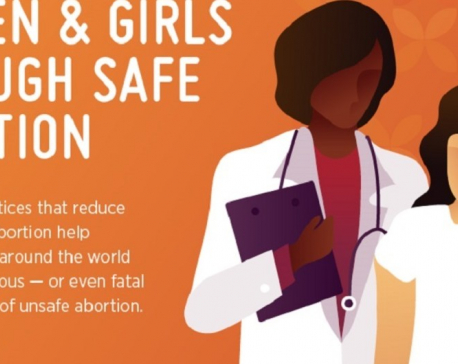
Legal abortion services can prevent 47,000 women dying each year - UN
UNITED NATIONS, Sept 29: “Unsafe abortions cause the deaths of some 47,000 women each year and a further five million... Read More...





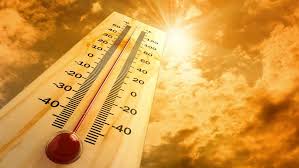
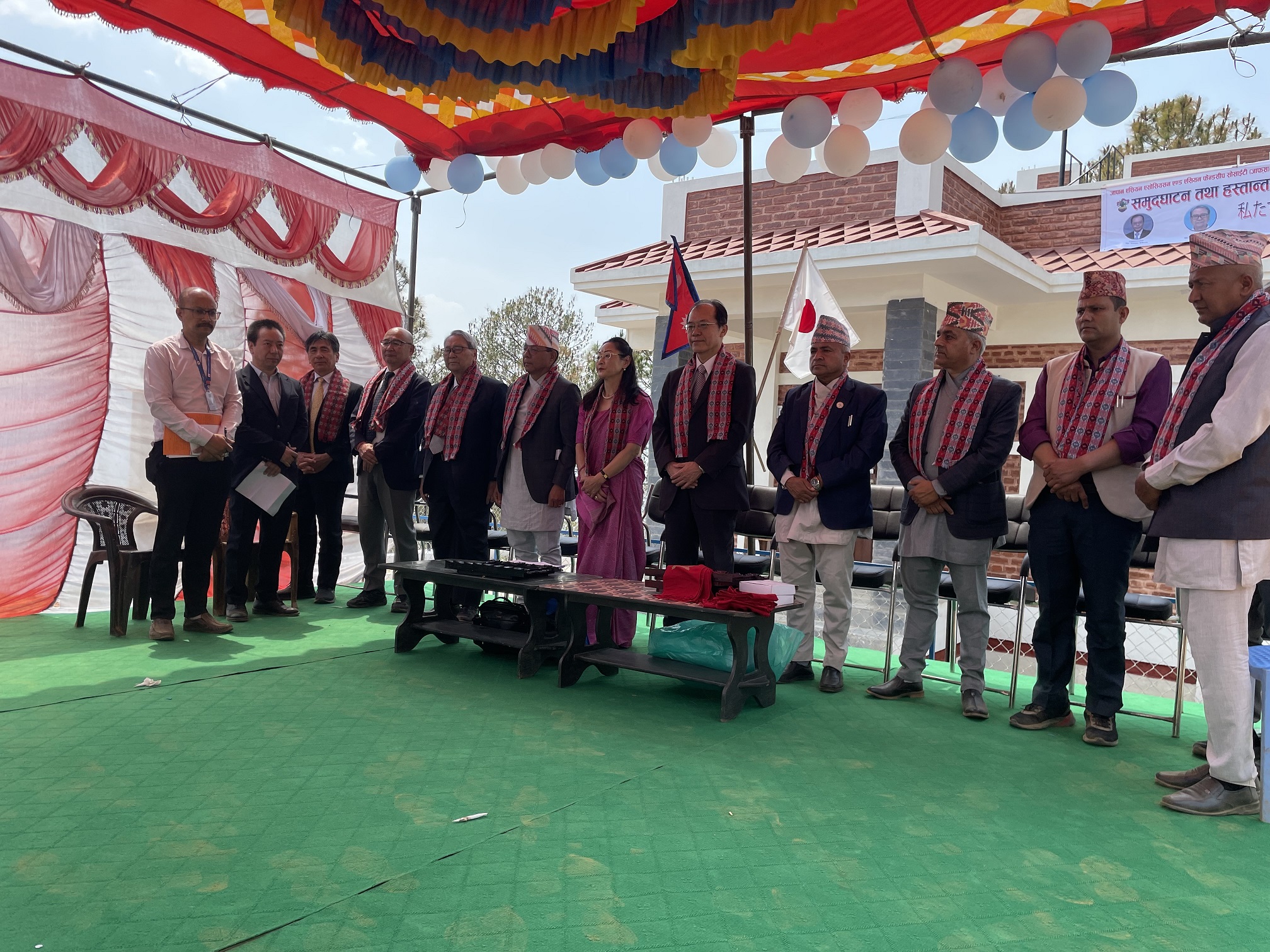
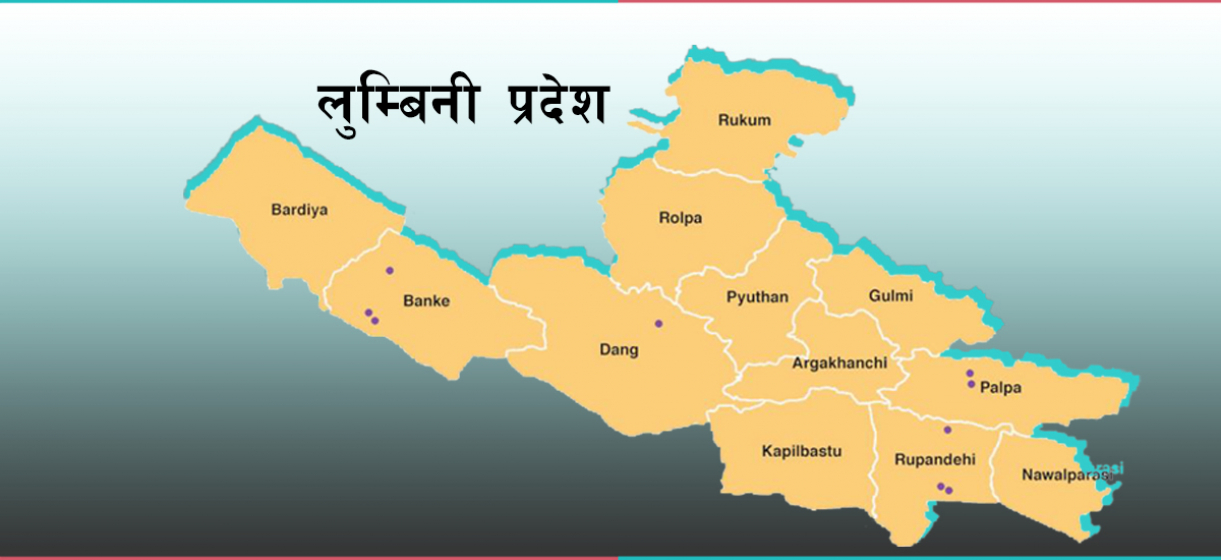
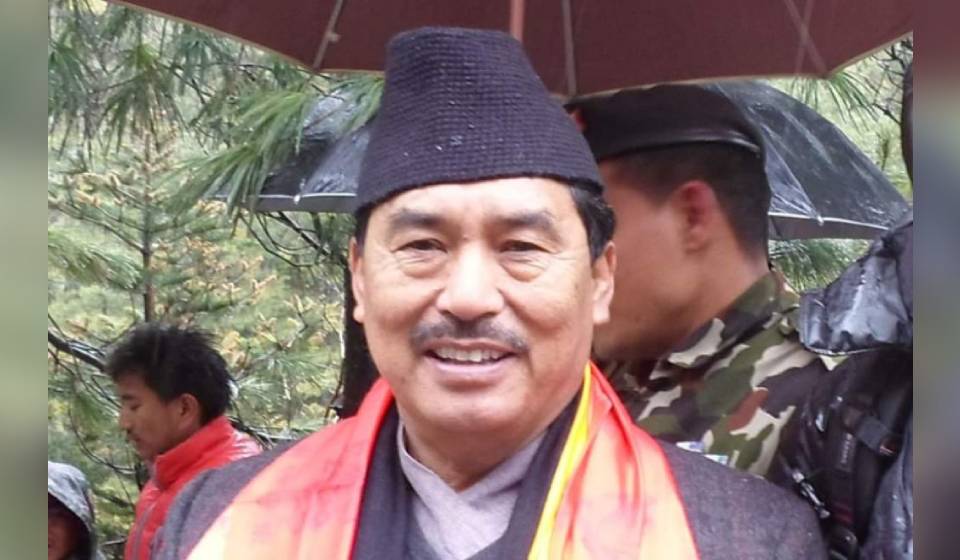

Just In
- Bagmati Govt mandates tri-lingual signboards in offices
- Inferno destroys 70 houses in Mahottari
- Health ministry urges precaution against heatwave
- Jhapa road mishap update: Three deceased identified
- Japan hands over Community Center for Disaster Prevention to Indrawati Rural Municipality
- Lumbini: Seven ministers gain portfolios
- NC lawmaker Gurung’s suspension lifted
- Homicide accused arrested after 17 years









Leave A Comment